Osmanthus, Tea and Me…the journey that led to the beautiful evergreens with heavenly fragrance
Phil Thornburg • March 4, 2013
Carissa — the Childhood Shrub that Began My Journey
As a child, I loved to roam the rolling, green hills of Burundi, Africa. I generally escaped the dormitory on Sunday afternoons with the rest of the older kids under the supervision of a cane wielding, sturdy 65 year old hiker that we all lovingly called “Aunt Esther.” One of my favorite things to do was attempt to categorize and identify the plants that we saw. Of course I had no background in taxonomy or botany. I could quickly tell, though, which ones were annuals, herbs, perennials, shrub or trees; were more or less attractive, fragrant, or not, and so on and so on. Aunt Esther was an accomplished gardener, though she was not formally schooled in this vast realm.
African Holly
One of the plants that attracted me was what she called African Holly. It had lustrous green, elliptical, partly shiny leaves with tiny thorns. It was evergreen even in our driest of dry seasons. I discovered in my exploring that it particularly liked to grow near termite mounds. I was aware of this because we often caught the flying form of the termites at the beginning of the rainy season and popped them into tin cans. We then took them to the dorm, fried them up in butter and ate them as snacks. They were my childhood version of popcorn!
Another attribute of the African Holly was that it had white blooms in December while it also decorated itself with the previous year’s fruit. The berries were a beautiful red color and the flowers were very sweetly scented, reminiscent of Jasmine. We used it seasonally for decoration at home and in the dormitory during Christmas, in place of English Holly. (Although, at that time I was not familiar with English Holly so assumed that it looked like
African Holly).
African Holly).
Being the curious and compulsive child that I was, (I think that I had a touch of ADHD as well), I asked any adult close to me, its botanical name. Of course the slightly annoyed grown up response was, “I don’t know” or “African Holly”!
When I came to the United States at 17, this question was still on my mind. One day while haunting a nursery (which I did as often as I could to feed my spirit), I found what was called Natal Plum. I knew right then that I was close. The flower, the fruit and the leaves were almost identical to what I saw as a child, but larger in every way. At that time nurseries did not have the educational bent that they do now. No one at the nursery had the slightest idea about its botanical name, nor did they have any books about it. They acted irritated that I wanted to know. I continued to hunt and eventually found its taxonomical name in the library at Oregon State University (OSU)
in 1972. It was Carissa macrocarpa, a blooming evergreen which, unfortunately, is not hardy in Oregon. But I knew then that the shrub from my childhood was a Carissa, although I didn’t know its species. Someday I will find out!!!
Southern Holly
The years went on; I was married and we moved to Gainesville, Florida where I pursued a Master’s degree at the University of Florida. We loved to adventure on Sunday afternoons with another couple.
One day at their recommendation, we visited Marjorie Kinnan Rawling’s (author of the Yearling) birth place in Cross Creek. What a wonderful relief from the strip mall, alligator farm, madness that is much of modern Florida! We discovered a historical, preserved farm on about 50 acres of land with semi tended orange groves and lakes. There were few modern amenities. All of the trees and shrubs were the original plants or were replacements. It was a one story, warm, southern, soft and gracious white house with wooden screen-doors and a screened-in porch for cooling air currents. It was reminiscent of my childhood residences. In the yard there was a picnic table with a flagstone spot to set your a portable BBQ. (We fixed our own southern BBQ chicken, right there, on charcoal briquettes).
On either side of the front door stoop were two flanking, broadleaf evergreen shrubs. The tiny yellowish orange flowers, sprinkled inside the bush, were intensely fragrant with an intoxicating scent of apricot and jasmine. Its fragrance and tidy, nice, evergreen habit reminded me of the Carissa of my childhood! I asked the museum curator inside what they were. She said that it was an old fashioned plant that all old southern homes had. She called it Southern Holly (!) or said that sometimes it was called Sweet Olive. I decided then and there that I would find its botanical name.
It took me about three years to sleuth it out, and by then I was living back in Oregon, again searching the OSU library. Osmanthus fragrans aurantiacus was its name. I read that it was from China and that the flowers were used to scent tea. There was even a region of China that was famous for raising varieties of Osmanthus fragrans strictly for the flowers. I decided that I had to find this plant in Oregon and attempt to grow it here. I hoped that it would be hardy. But of course no one that I knew had heard of it in 1979 in Oregon, so I waited.
In 1981 I took my young family with our one year old daughter Samara to Houston, Texas to visit my parents. My father was one of the paid pastors at the Friendsview, Texas, Friend’s Church. While there, I badgered my parents into visiting several nurseries to find this Southern Holly or Sweet Olive.
I finally located Osmanthus fragrans in a Texas nursery and bought two, one for my parents and one to take back to Oregon. I removed it from the pot, wrapped it in a plastic bag and it flew with me in my carry-on bag. It was blooming and had the same heavenly fragrance. I immediately planted it in what I thought was an appropriate spot at our Lake Grove garden in Lake Oswego.
It thrived but never bloomed again. That was discouraging. One winter in the mid 80’s we had a very cold and windy period. It got down to about 9 degrees Fahrenheit and froze pipes all over town. The foliage died to the ground and I assumed that it was dead. I was terribly disappointed. The Osmanthus fragrans that I had hoped would be a hardy replacement for Carissa, turned out not to be so.
But I still had hope. I went on a hunt to find out more about this genus. I just knew that there had to be others that would be hardier. To my delight I found more Osmanthus tucked away in Bean’s Trees and Shrubs Hardy to the British Isles. My compulsive nature took over and I knew that I was on to something special.
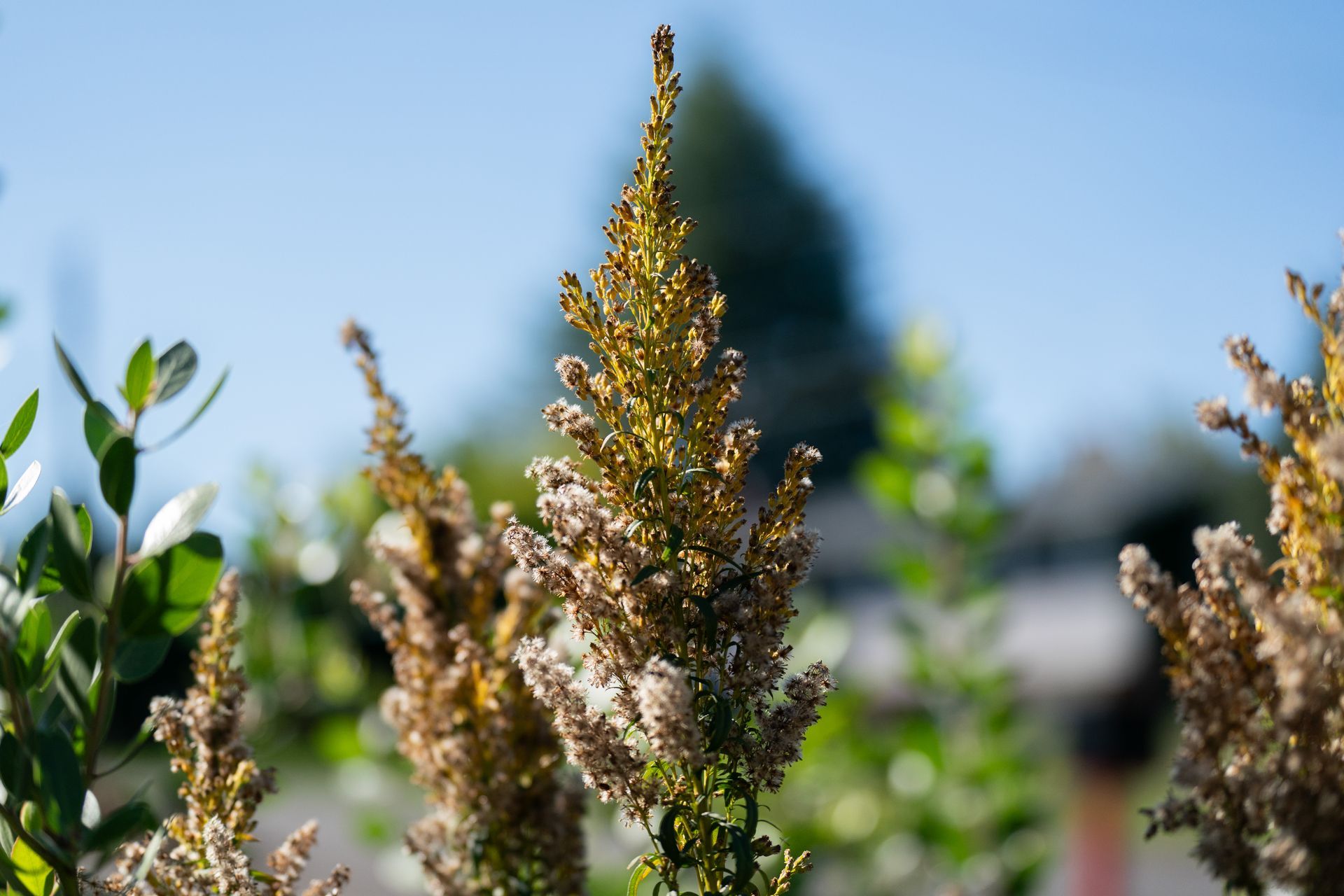
The Rainy Season Has Arrived There’s no doubt about it — the rainy season has begun! November is historically the wettest month of the year in Oregon, and your landscape will thank you for a little extra preparation. Here are some tips to keep your garden healthy, resilient, and habitat-friendly this season: General Maintenance Clean roof and gutters to prevent overflow and protect drainage systems from clogging. Compost or mulch fallen leaves instead of disposing of them — they’re valuable organic matter. Look for bare soil and cover exposed areas with organic mulch such as medium dark hemlock, arborist chips, or fallen leaves. Weed first, then mulch to prevent erosion and feed soil lif e. Mulch insulates plant roots, suppresses weeds, and supports beneficial organisms like earthworms and fungi. Some tender plants (Fuchsias, Dahlias, Cannas) benefit from an extra “blanket” of mulch to protect from frost. Remember: mulch in summer also conserves moisture and keeps roots cool. Check irrigation systems : Turn off the automatic controller. Turn off the water at the street or backflow prevention device. Drain the system if possible to prevent damage from freezing. Prune tall roses back by about one-third to prevent winter wind damage. Avoid hard pruning until they’re fully dormant later in the winter. Lawn Care (or Lawn Alternatives!) If moss is creeping in, it’s a sign of shade, poor drainage, or compacted soil. Before reaching for moss killer, consider reshaping or reducing your lawn. Converting shaded areas to native groundcovers or meadow plantings benefits pollinators and reduces mowing. If you maintain lawn areas, aerate, lime (50–80 lb per 1,000 sq ft), and fertilize with a slow-release winter blend to support healthy growth. Remove fallen leaves promptly. Wet leaves can smother grass, but when raked into planting beds, they become excellent free mulch that improves soil structure and provides habitat for overwintering insects. Store garden tools and equipment clean and dry: sharpen blades, oil metal surfaces, and disconnect hoses to prevent freeze damage. Planting & Seasonal Color Now is the best time to plant or transplant trees and shrubs — roots establish best in cool, moist soil. (Unless we are talking cacti and succulents, let's plant those in Spring!) Still time for spring bulbs! Get tulips, daffodils, crocus, and alliums in the ground before it freezes. Force Paperwhite Narcissus indoors for holiday blooms — they flower in about five weeks. Prune shrubs that bloomed in late summer or fall. Avoid pruning spring bloomers now, as you’d remove next year’s buds. Soil & Drainage Watch for water pooling during heavy rains. If you see soggy areas, consider adding rain gardens, French drains, or dry wells to improve infiltration. Native sedges, rushes, and moisture-loving ferns thrive in these areas and support native pollinators. Compost and leaf cover: Spread composted manure or leaf mulch over dormant garden beds to feed soil life and prevent compaction. Shrubs, Trees & Perennials Rhododendrons and Azaleas: If leaves are yellowing, fertilize lightly with an acid-loving plant food while soil is moist. Never lime these plants. If they’re already green, simply mulch with leaves — they prefer organic matter over extra fertilizer. Tender perennials like Dahlias or Cannas can be dug, stored, or mulched deeply for winter protection. Vegetable & Edible Gardens Garlic can still be planted for harvest next summer. Fruit trees: rake and remove diseased leaves to prevent fungal spread — replace with clean leaves or bark mulch. Rhubarb and asparagus beds: top with compost or composted manure. Cover vegetable beds with a 3–4-inch layer of leaves to prevent compaction and enrich soil for spring planting. Store potatoes around 40°F in a dark, cool space like a garage. Habitat & Wildlife Leave seed heads on native plants, ornamental grasses, echinacea, and rudbeckia to feed birds and shelter beneficial insects. Add bird habitat: Provide water, shelter, and native food sources through shrubs like snowberry, elderberry, and red-twig dogwood. Avoid using slug bait with metaldehyde — instead, hand-pick slugs or use iron phosphate-based alternatives safe for pets and wildlife. Consider planting Saffron Crocus (Crocus sativus) — a late-blooming crocus that supports pollinators and yields edible spice threads next fall. Houseplants: reduce fertilizing during low-light months; let them rest until spring.
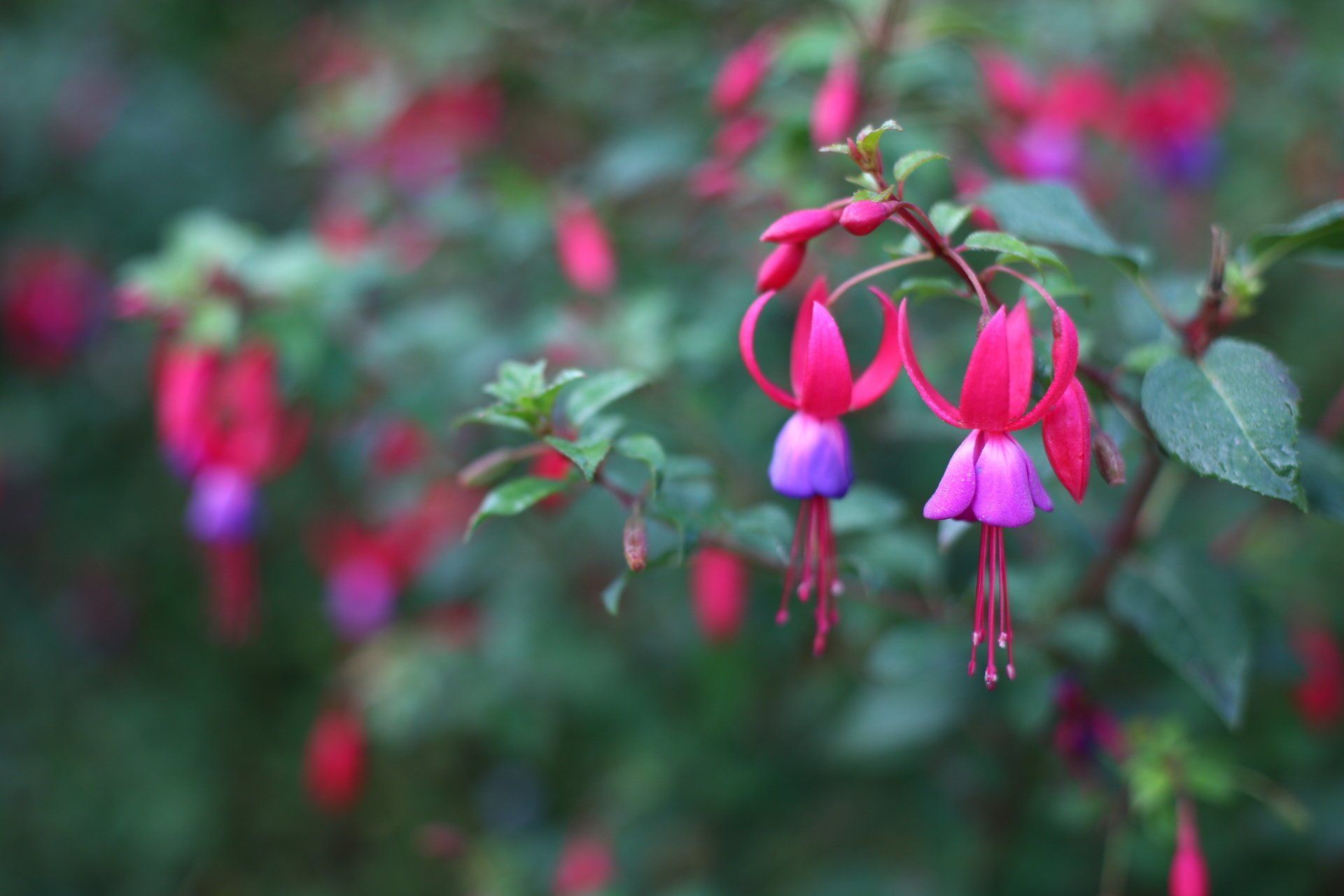
On Saturday, September 27th, we held our fall plant sale at Thornhurst Garden—and what a day it was! The garden itself provided the perfect backdrop, with the changing leaves and late blooms showing off the season’s beauty. It was such a joy to see so many friendly faces—neighbors, friends, and new visitors alike—coming together to share their love of plants. Events like these remind us how much community is at the heart of gardening. The sale helped us find new homes for much of our overstock, and many folks walked away with treasures for their own gardens. Moist fall soil means these plants will settle in happily, making this truly the best season to get them in the ground. We also held a raffle, and we’re excited to announce that Sarah Reid was our winner! Congratulations, Sarah! Thank you to everyone who came out to support us, explore the gardens, and bring home plants. We’re already looking forward to the next time we can gather and celebrate together. (Here’s a look at some of the wonderful people who joined us that day!)
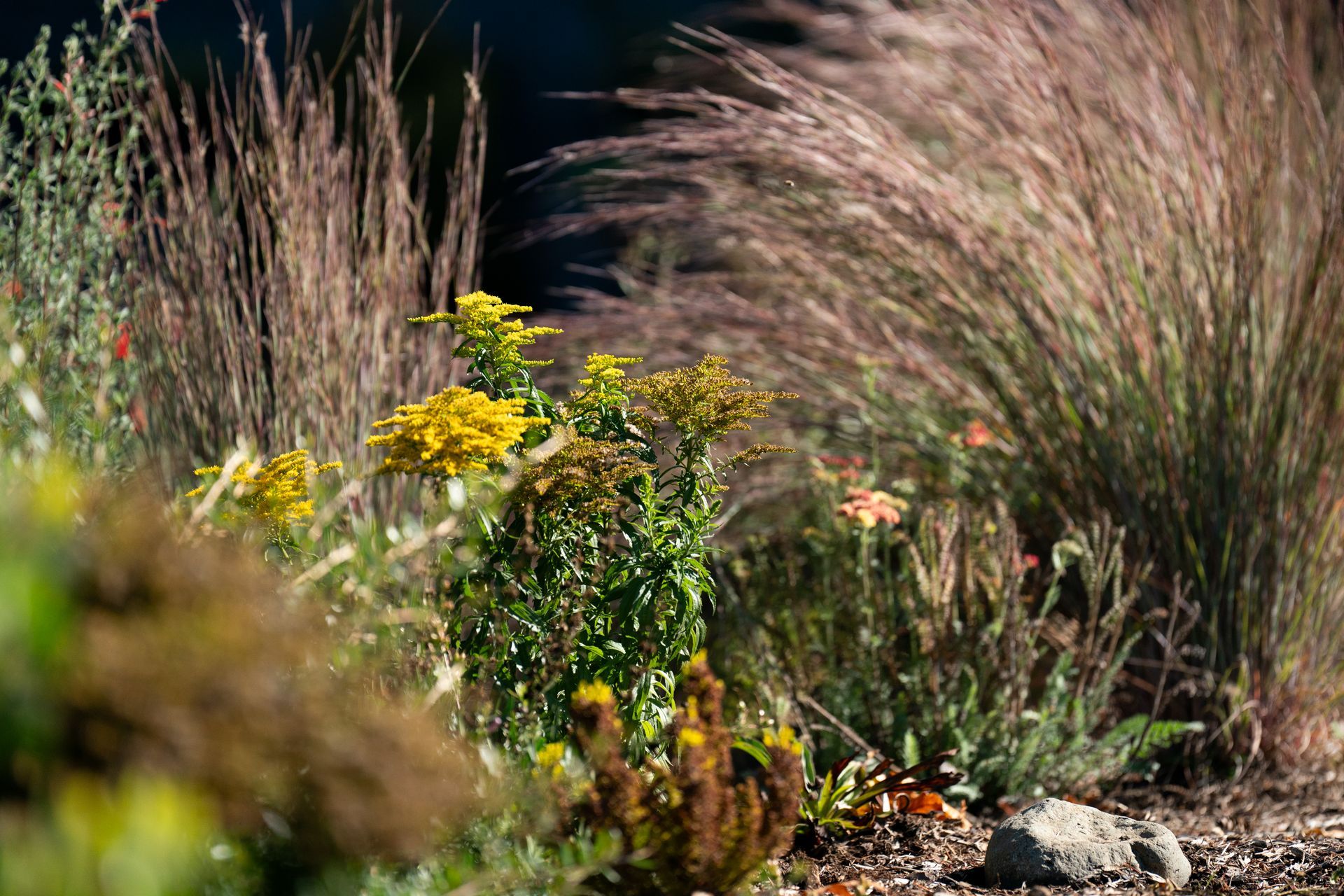
October might just be the best month of the year. Leaves turn gold and crimson, the first steady rains return to refresh thirsty plants, and the garden hums with renewed activity—birds darting through the branches and insects busy among the late blooms and fallen leaves. Soon, the season’s magic spills beyond the garden as little goblins and witches knock on our doors, candy bags in hand. For gardeners, fall is more than just a feast for the senses. Cooler days and moist soil create the perfect conditions for transplanting trees, shrubs, and perennials—plants settle in more easily now than in the heat of summer. (Unless we're talking Agaves, transplant those after the Spring rains) The softened ground also makes digging and dividing far less of a chore. Even challenging tasks like ivy removal become easier when the soil gives way beneath the roots. Autumn truly is a season of opportunity: a time to plant, to tidy (or not!), and to prepare the garden for the year ahead while savoring every bit of its fleeting beauty. The last week of October, but sometimes the first week in November, is the last time that we mow weekly. Be watching your lawn so that you can decide the best time for yourself. Occasionally, we will have a warm Winter, and a touch-up may be needed. Eco-lawns- Depending on the seed mix, you can leave these as is, allowing them to form more of a meadow look. This can help create more habitat for wildlife and insects. October is the first month when we have a higher probability of transplanting from moist, soft soil into a damp, soft new hole. All plants of course prefer to be dormant (asleep) when being transplanted. So, the coolness of October and the (hopefully) moist soil are perfect for the beginning of the transplanting and planting season. The best planting time typically extends from the rainy season until approximately the middle of March. Now is the best time to plant in Western Oregon! If you want Spring blooms, make a trip now to your local nursery and purchase Spring bulbs to plant in the ground! October/November are the traditional months for planting Spring bulbs. You can also plant fall bulbs now, such as Saffron Crocuses and Colchicums. The rain will bring out the dormant, sleepy slugs, so getting slug bait out in your beds now will hopefully thwart off a winter and spring invasion of new baby slugs! The Fall leaves will start to drop all over your yard. Remember to keep them off the lawn/grass areas and instead rake or blow them into your beds. The wet leaves will damage your lawn if left on, sometimes only in a day or two, but they can become great free compost/mulch for your planting beds. Lots of insects use this leaf litter as their habitat. This is a great way to invite more birds and wildlife into your garden as they forage through the leaves! I love watching them! This month, place mulch around potentially tender plants such as Cannas, Fuchsias, Dahlias and Calla Lilies. This will insulate them from frost or freezes. Get some bark mulch or chips and spread them 2” thick over any bare areas in your beds for the rainy season. This will prevent erosion and help choke out weed seeds from sprouting. If you are seriously into gardening, here are some more tips. Plant garlic bulbs now for harvesting next summer Pick any green tomatoes and bring them into the garage to ripen. Harvest Sunflower heads and bring them into the garage to dry. These are great for birds and human snacking. Sow native hardy annuals- you can sow these on any bare soil, or you can use gravel mulch and direct sow on that! Some great hardy annuals are California poppy (Eschscholzia californica), Red Maids (Calandrinia ciliata), Farewell-to-spring (Clarkia amoena) Gilia capitata, to name a few. Feel free to reach out to us if you have any questions about hardy annuals! A hardy annual is an annual plant you can sow in the Fall, and it will germinate, survive the Winter Months, and grow enough roots to sustain itself. Most of our natives will not require additional water the following year, and if they are happy, they will seed around and come up where they are thriving.
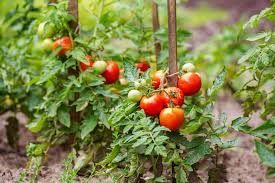
Garden Tips and Tricks for September September and October are my favorite months of the year. The air cools, the light shifts, and the season takes on that autumn magic that always makes me think of Halloween. Summer is winding down, but the garden is still alive with tasks that prepare it for the darker months ahead. Unlike spring’s dramatic storms and sudden frosts, fall eases in gently, carrying us toward the rainy season by late October. September Gardening Tasks: Ease off watering – Let plants harden off for winter, but check the soil and water if it’s dry. Keep weeding – Persistence now makes for an easier spring. Renovate or seed lawns – September and October are prime months while the air is cool and the soil is workable. Beware of fallen leaves on newly seeded areas. Slug baiting – Use traps or the beer-in-a-jar trick to keep them in check. Monitor areas and determine your threshold for damage. Slugs are also part of our habitat gardens. Trim back perennials – Clear away browned foliage to tidy beds before winter, or for habitat and sustainable gardening, leave perennials for mulch/habitat and forage for birds and insects. Planting and transplanting – September through March is ideal, with November the peak month. If you haven’t yet, begin planning which hardy annuals to seed in late October-November. Harvest – Gather winter squash, tomatoes, and potatoes while they’re ready. Winter vegetables – Early September is the last chance west of the Cascades for kale, Brussels sprouts, turnips, cabbage, and other winter favorites. Lawn fertilizer – This is the last month for summer fertilizer; switch to a fall/winter mix in November. Rhododendron cuttings – This is a good time to start new plants if desired. Prep compost piles – Stock them with fall leaves and garden trimmings for rich soil next year. Houseplants – Bring them indoors when nights turn too chilly.
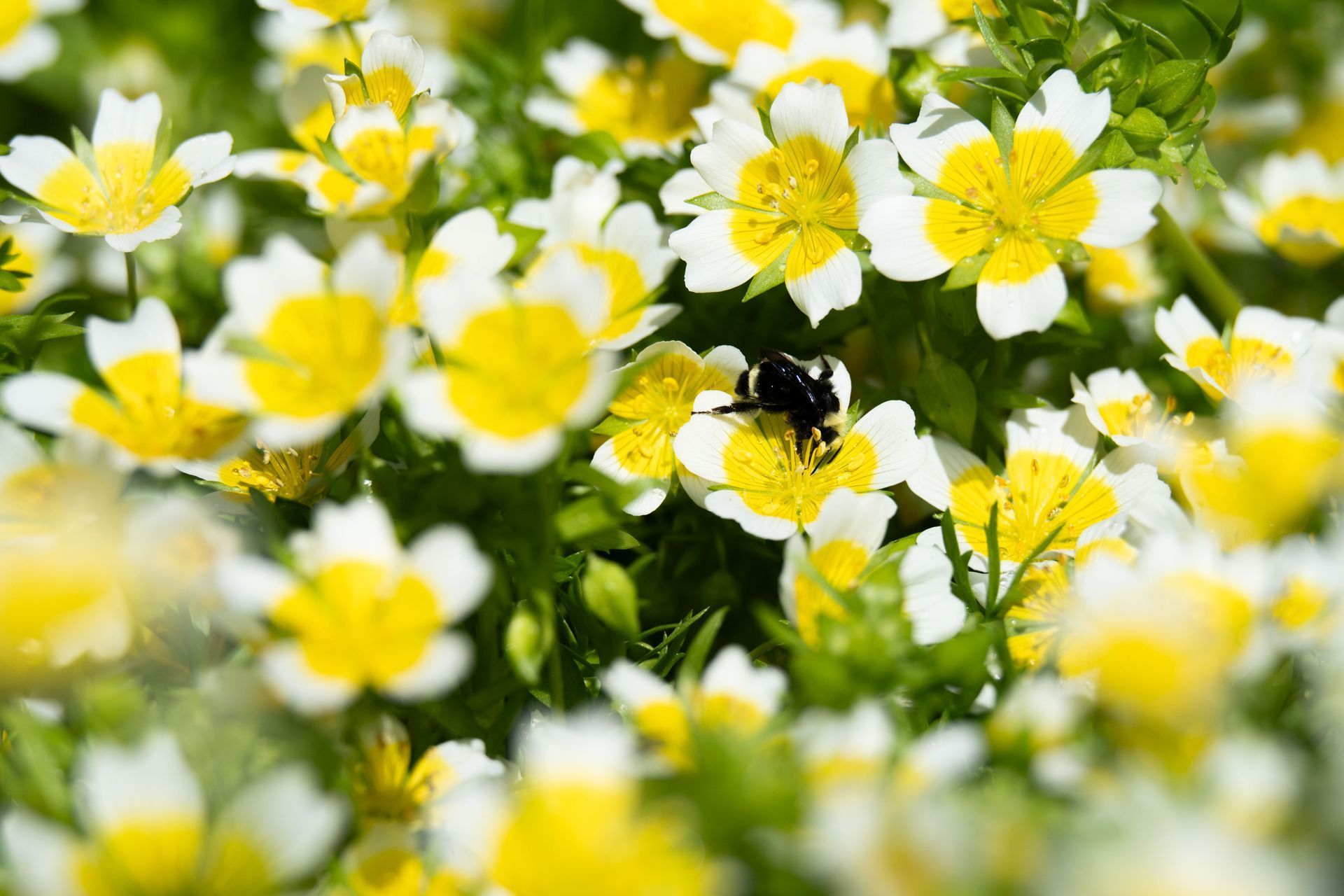
May Tips for a Habitat-Friendly Garden Plant annuals (but wait on heat-lovers): May is a good time to plant annuals in containers and beds. Hold off on heat-loving crops like tomatoes and basil until nights are reliably warm and the soil has warmed—planting too early can stress or stunt them. Start mindful watering: If rainfall has been low, begin deep, infrequent watering (about once a week). This encourages strong root systems and conserves water. Avoid overhead watering in the evening to reduce fungal issues. Rethink the lawn: If you maintain a lawn, mow higher to reduce water needs and encourage deeper roots. Consider letting some areas go wild or replacing turf with native groundcovers to increase habitat value. Weed wisely: Focus on removing weeds that are going to seed first. Even five minutes of weeding helps! Leave less aggressive weeds in place if time is short—many provide cover or nectar for insects. Support natural pest control: Promote beneficial insects like ladybugs and lacewings by planting a variety of nectar-rich flowers. For aphids, try a spray of soapy water or simply hose them off. Avoid broad-spectrum pesticides, which harm pollinators and beneficial bugs. Slug and root weevil control: Use methods that target pests without harming other wildlife. Nematodes work well for root weevil larvae. For slugs, try beer traps, copper tape, or manual removal. Diatomaceous earth can be effective but may also harm beneficial insects—use sparingly. Leave the mulch: Let leaf litter and composted mulch remain under shrubs. It feeds the soil, retains moisture, and supports beneficial microbes. Fertilize only if plants show signs of stress, and choose fish emulsion or compost tea when needed. Plant for fall and for pollinators: Now’s a great time to plant perennials like chrysanthemums (for fall color) and native flowering plants that bloom through summer and into fall—providing nectar for pollinators and habitat for insects. Plan your veggie garden: By late May or early June, plant warm-season crops like tomatoes, peppers, cucumbers, squash, beans, pumpkins, and kale. Consider letting a few vegetables bolt (like dill and kale) to attract bees and butterflies. Watch for cabbage pests: Small holes in leaves may be flea beetles or cabbage worms. Use floating row covers, handpick pests, or apply BT sparingly. Companion planting with herbs like dill or nasturtiums can help deter pests naturally. Prune thoughtfully: After spring-blooming plants finish flowering, prune only if necessary. Leaving seed heads can provide food for birds and shelter for overwintering insects. Consider leaving trimmings in beds to decompose, except those trimmings of perennials with seed heads you don't want to spread. Avoid major trimming of trees, many birds are still nesting. Skip spraying trees unless necessary: If tent caterpillars are present and damaging fruit or shade trees, remove egg masses or nests manually. Spraying should be a last resort—consider how many caterpillars you can tolerate as part of a healthy ecosystem.

